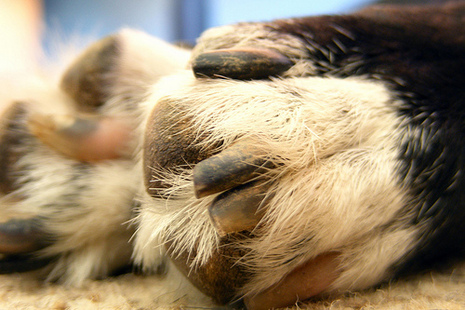Heat Stroke in Pets
Share

 With summer rapidly approaching, and high temperatures signaling a hotter than average season, it’s more important than ever to remain vigilant for heat stroke in pets.
With summer rapidly approaching, and high temperatures signaling a hotter than average season, it’s more important than ever to remain vigilant for heat stroke in pets.
- Panting with mouth open
- Dark red or bright red tongue and gums
- Staggering or weakness
- Vomiting or bloody diarrhea
- Confusion or non-responsiveness
- excessive whining, agitation and vomiting.
(See these helpful infographics for Identifying Heat Stroke and How to Administer CPR to Your Pets.)
[/box]Animals generally have a higher “normal” temperature than humans and fewer mechanisms for cooling themselves in the event of heat exhaustion. Here is a look at what to do if you suspect heatstroke and which animals are most at risk.
[heading style=”1″ color=”#996633″ style_color=”#996633″]Animals most at risk:[/heading]
- Brachycpephalic breeds: These are the “short-nosed” breeds who have a more difficult time cooling due to difficulty breathing. (Examples include boxers, bulldogs and pugs.)
- Large, heavy-coated breeds
- Very young or very old animals
- Overweight animals
[heading style=”1″ color=”#996633″ style_color=”#996633″]If You Suspect Heatstroke:[/heading]
If you suspect heat stroke in an animal, it’s important to act quickly.
The animal should be rushed to the veterinarian. En route, take the following actions:
- Immediately remove pet from the heat into a shaded area.
- Offer cool (not cold) water to the animal.
- Drape cool, wet cloths loosely around the animal (particularly on feet and around head)
- Hydrate the animal by encouraging them to drink water.
If not immediately treated, heat stroke can result in severe damage to the animal’s liver, kidney and brain, and even result in death. Once you reach the veterinarian, s(he) will need to conduct a series of tests to ensure that the animal is out of danger. These tests may range from a simple exam to extensive blood work.
When treated early, most animals will recover from heat stroke. The best solution is to prevent the possibility of heat stroke completely by keeping pets in air-conditioned and well-ventilated environments, remembering to never leave a pet in a vehicle or confined area, and ensuring adequate air circulation while crated.
More people and animals are killed by heat-related conditions than you think. Please act quickly if you suspect heat-related issues, but more importantly, avoid heat problems altogether by taking appropriate precautions.
[load_module id=”582″]









